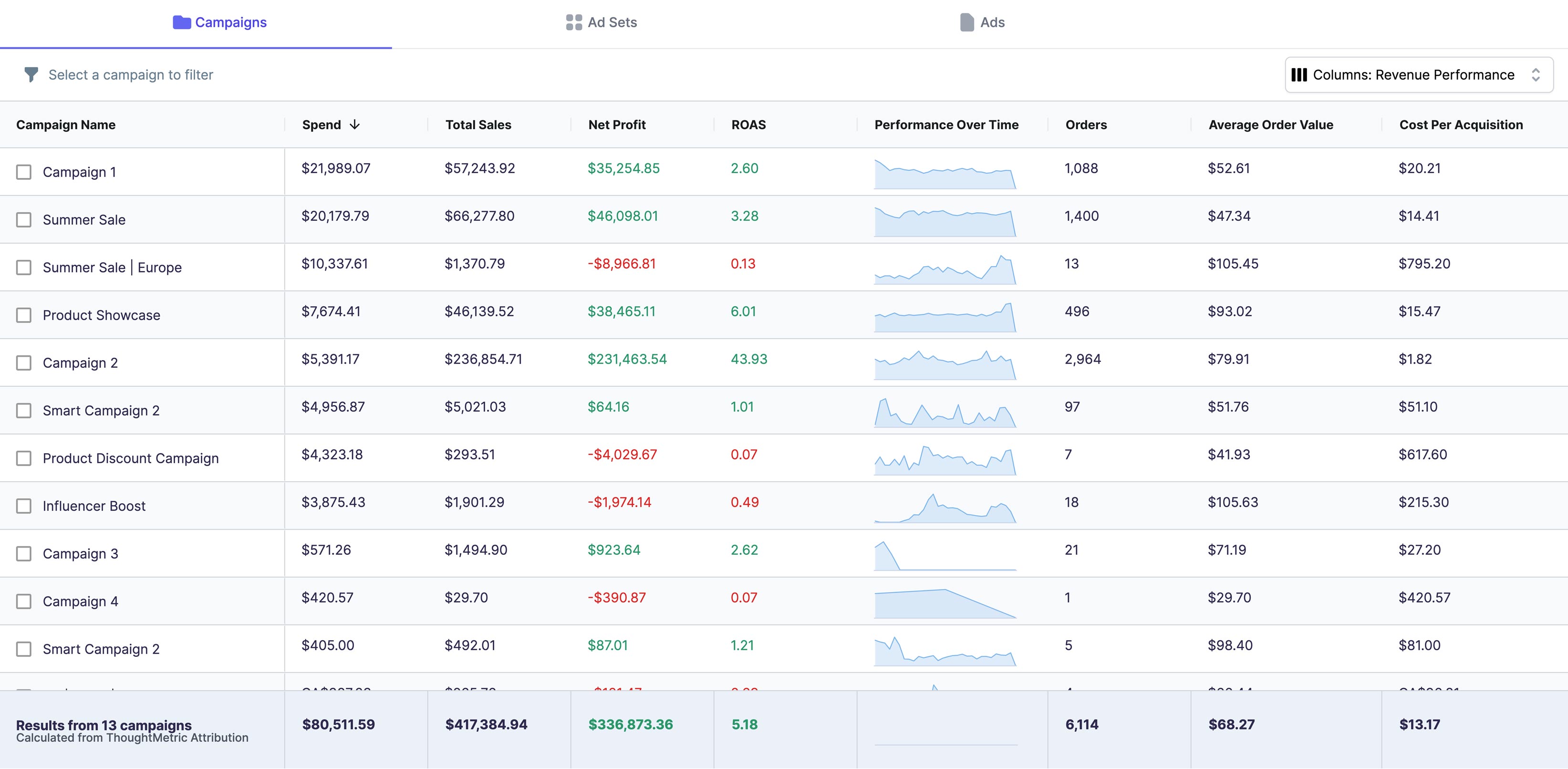Google Ads is a powerful tool that allows businesses to reach their target audience through targeted ads. However, having great ad copy is only part of the equation. To truly make the most of your ad campaigns, you need to make sure your landing pages are effective as well. In this article, we'll explain the importance of landing pages in Google Ads and show you how to update them for maximum success.
Understanding the Importance of Landing Pages in Google Ads
Landing pages are the backbone of any successful Google Ads campaign. When someone clicks on your ad, they are directed to your landing page, where they can learn more about your product or service and hopefully take action, such as making a purchase or filling out a form. A well-designed landing page can significantly increase the likelihood of conversion, while a poorly designed one can cause potential customers to abandon your website.
The Role of Landing Pages in Ad Campaigns
The main goal of landing pages is to provide a seamless transition between your ad and your website. A landing page should be specifically designed to fulfill the promises made in your ad copy and provide relevant information that encourages the visitor to take the desired action.
For example, let's say you are running a Google Ads campaign for a new line of organic skincare products. Your ad copy promises "natural ingredients for healthy skin" and "free shipping on orders over $50." Your landing page should deliver on these promises by showcasing your organic ingredients and highlighting the free shipping offer.
Additionally, landing pages can help increase the relevance and quality score of your ads, which can lead to lower costs and higher ad rankings. Google rewards advertisers who provide a positive user experience with their ads, and a well-designed landing page is a key component of that experience.
Key Elements of an Effective Landing Page
Effective landing pages have several key elements that make them successful. Firstly, they are visually appealing and easy to navigate. This means using a clean and modern design, with clear headings and subheadings that guide the visitor through the page. A cluttered or confusing layout can quickly turn visitors away.
Secondly, they have clear and concise messaging that aligns with your ad copy. Your landing page should reinforce the message of your ad and provide additional information that supports your claims. This could include customer testimonials, product reviews, or detailed product descriptions.
Thirdly, they provide a clear value proposition that encourages the visitor to take action. This could be a special offer, such as a discount or free trial, or simply a compelling reason to choose your product or service over the competition. Your value proposition should be prominently displayed on the page and reinforced throughout the content.
Finally, effective landing pages have strong calls to action that guide the visitor to the next step in the conversion process. This could be a button that says "Buy Now" or "Sign Up Today," or a form that asks for contact information. Your call to action should be clear, concise, and prominently displayed on the page.
In summary, landing pages are a crucial component of any successful Google Ads campaign. By providing a seamless transition between your ad and your website, and incorporating key elements such as clear messaging and strong calls to action, you can increase the likelihood of conversion and improve the overall user experience for your visitors.
Setting Up Your Google Ads Account for Landing Page Changes
Are you ready to take your Google Ads campaigns to the next level? One of the most effective ways to improve your conversion rates is by tweaking your landing pages. But before you can start making changes, you'll need to make sure your Google Ads account is set up correctly.
Navigating to the Ads & Extensions Tab
The first step is to access your Ads & Extensions tab in your Google Ads account. This is where you'll find all of your ad campaigns and ad groups. Take a few minutes to explore the different options and get familiar with the layout.
Once you're comfortable with the Ads & Extensions tab, it's time to start making some changes.
Selecting the Appropriate Ad Campaign and Ad Group
Now that you're in the Ads & Extensions tab, it's time to select the appropriate ad campaign and ad group for the landing page you want to change. This is an important step, as you want to make sure you're making changes to the right campaign and group.
Take a look at your campaigns and groups and identify the one that corresponds to the landing page you want to tweak. Once you've found the right campaign and group, click on it to access the settings and options.
Reviewing Your Current Landing Page
Before you start making any changes to your landing page, it's important to review your current page and identify areas for improvement. Take a look at the layout, design, and messaging of your landing page and ask yourself: Is it clear what the page is about? Is the call-to-action prominent? Is the page visually appealing?
Once you've identified areas for improvement, it's time to start making changes. But remember, it's important to test your changes and track your results to see what's working and what's not.
By following these steps and taking the time to make thoughtful, strategic changes to your landing pages, you'll be well on your way to improving your conversion rates and getting more out of your Google Ads campaigns.
Changing the Landing Page URL for an Existing Ad
If you want to update the landing page for an existing ad, you'll need to edit the ad's final URL.
Editing the Final URL
Click on the ad you want to edit and scroll down to the "Final URL" section. Update the URL to the new landing page you want to use.
Updating Tracking Templates and Custom Parameters
If you are using tracking templates or custom parameters, you'll need to update these as well to ensure your data is being properly tracked.
Saving Changes and Reviewing Ad Status
Once you've made your changes, click "Save" and review the ad status to make sure everything is running smoothly.
Creating a New Ad with a Different Landing Page
If you want to create a new ad with a different landing page, you'll need to duplicate an existing ad and modify the ad copy and final URL.
Duplicating an Existing Ad
Find the ad you want to duplicate and select "Duplicate." This will create a new ad with the same ad copy and settings as the original.
Modifying the Ad Copy and Final URL
Update the ad copy and Final URL of the duplicated ad to match the new landing page you want to use.
Submitting the New Ad for Review
Once you're happy with your new ad, submit it for review and wait for it to be approved.
Monitoring the Performance of Your Updated Landing Page
Once your landing page changes are implemented, it's important to monitor their performance to see how they are affecting your ad campaign.
Analyzing Key Metrics in Google Ads
Use Google Ads tracking tools to analyze relevant metrics such as click-through rate, conversion rate, and bounce rate. This will help you understand how your updated landing pages are affecting overall campaign performance.
A/B Testing Landing Pages for Optimal Results
If you want to take your landing page optimization a step further, consider A/B testing multiple landing pages to see which one performs best.
Adjusting Ad Spend Based on Landing Page Performance
Using the data you collect from your analytics, make adjustments to your ad spend to ensure your budget is being allocated effectively based on landing page performance.
Conclusion
By following these steps, you can ensure that your landing pages are optimized for maximum success. Keep in mind that landing page optimization is an ongoing process, and you should continue to monitor and tweak your landing pages as needed to ensure your ad campaigns are performing at their best.





